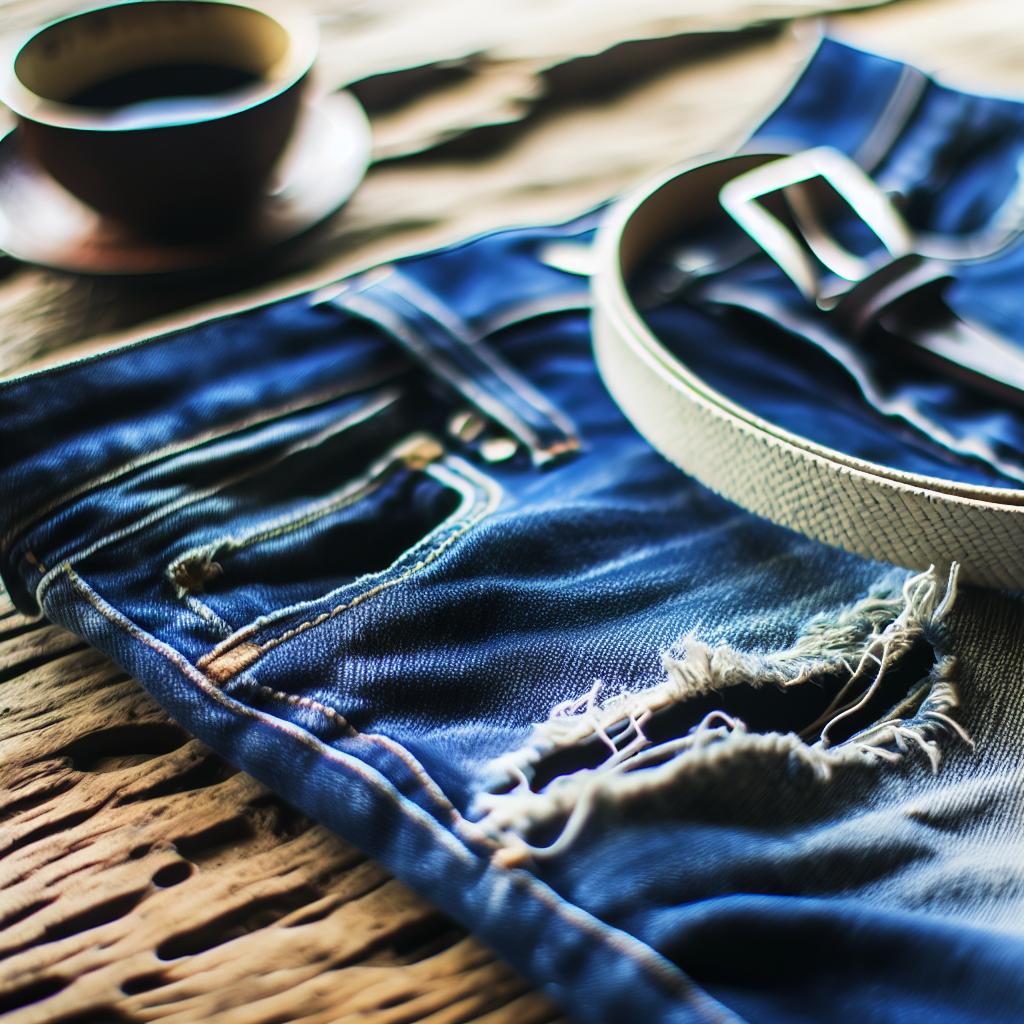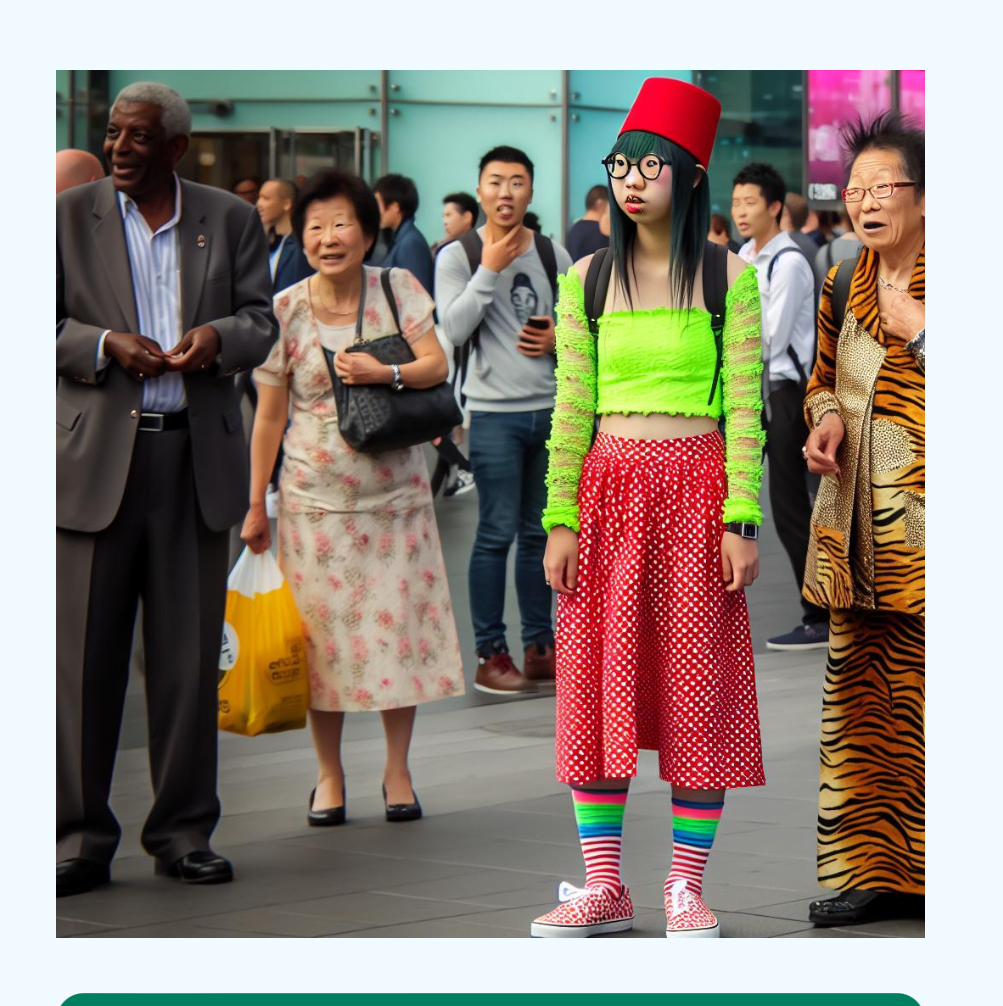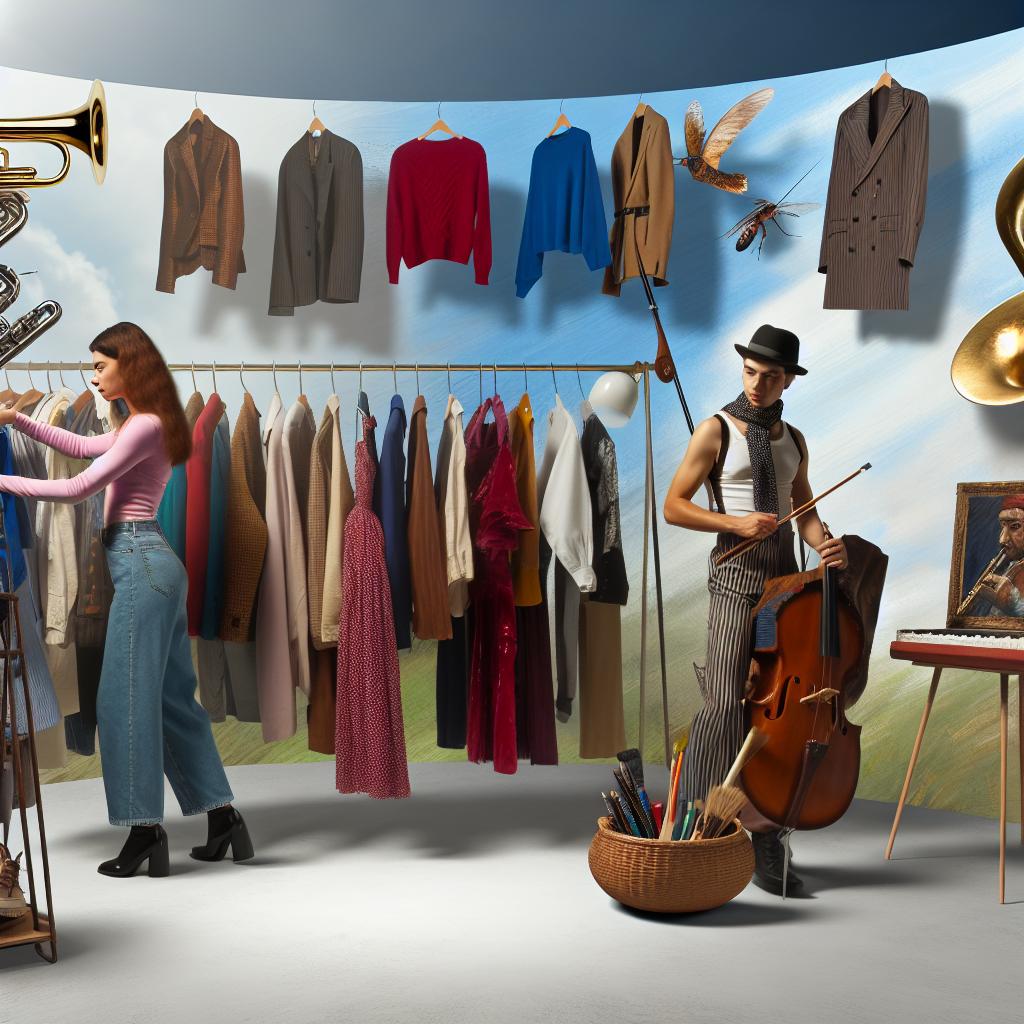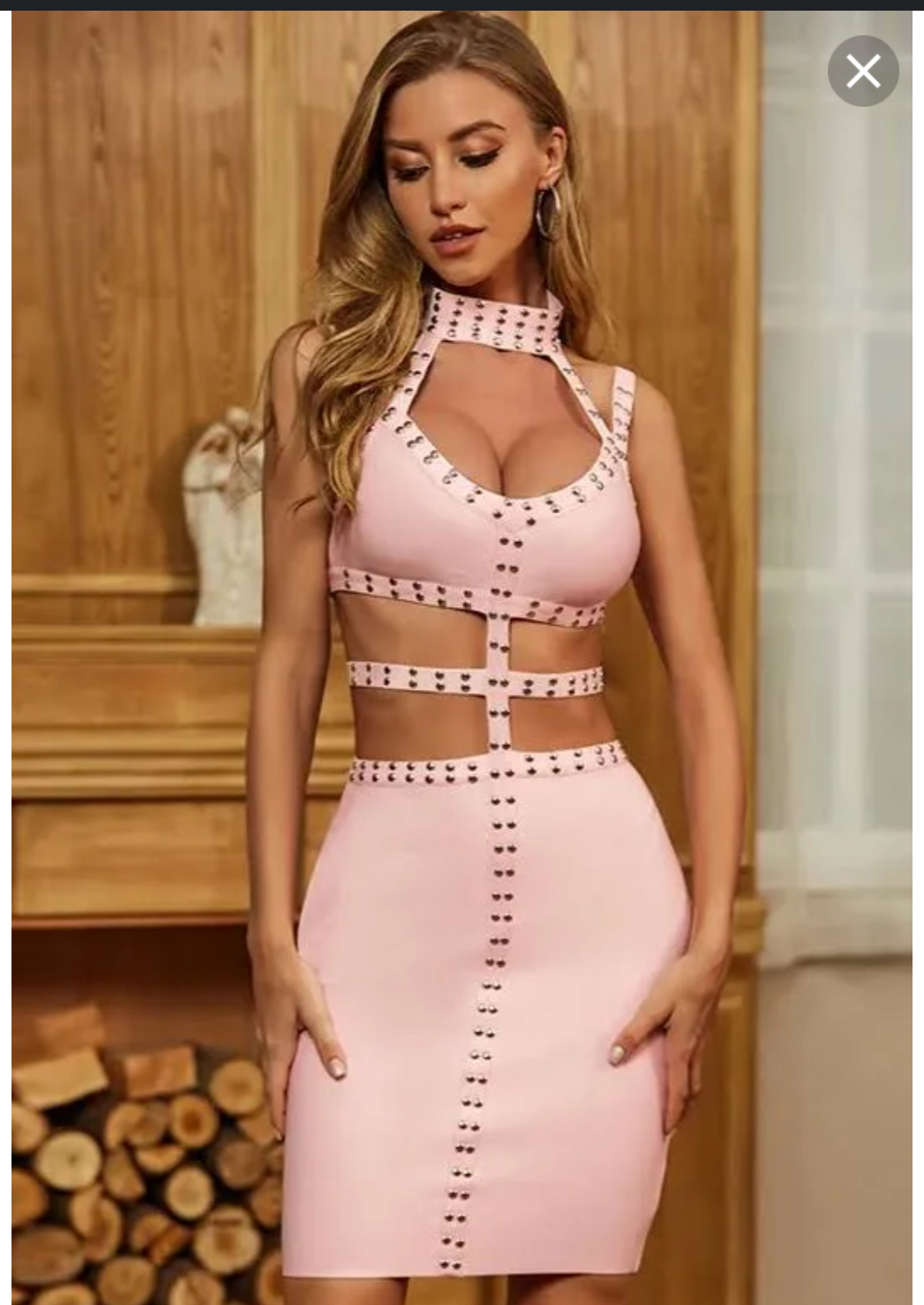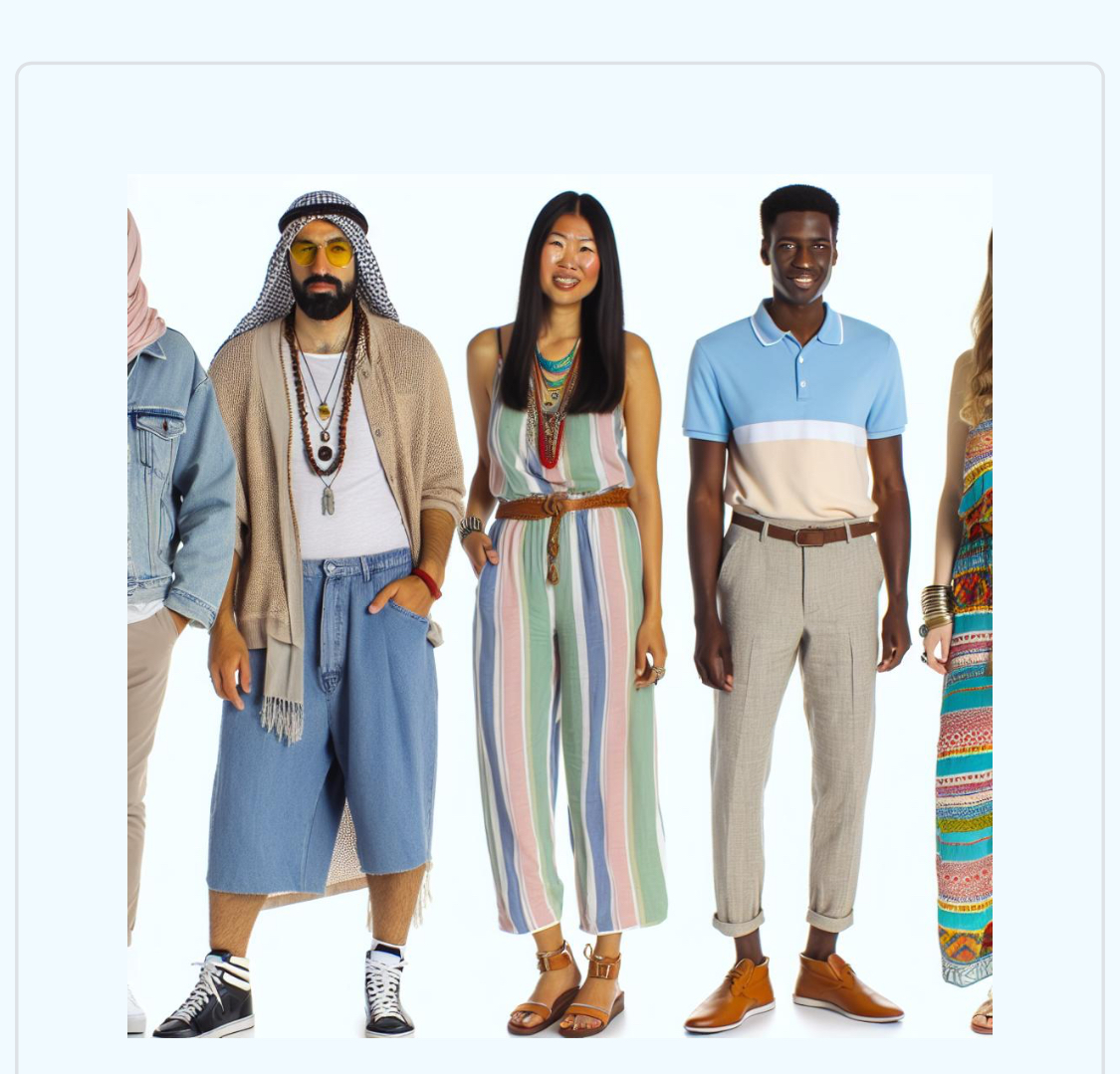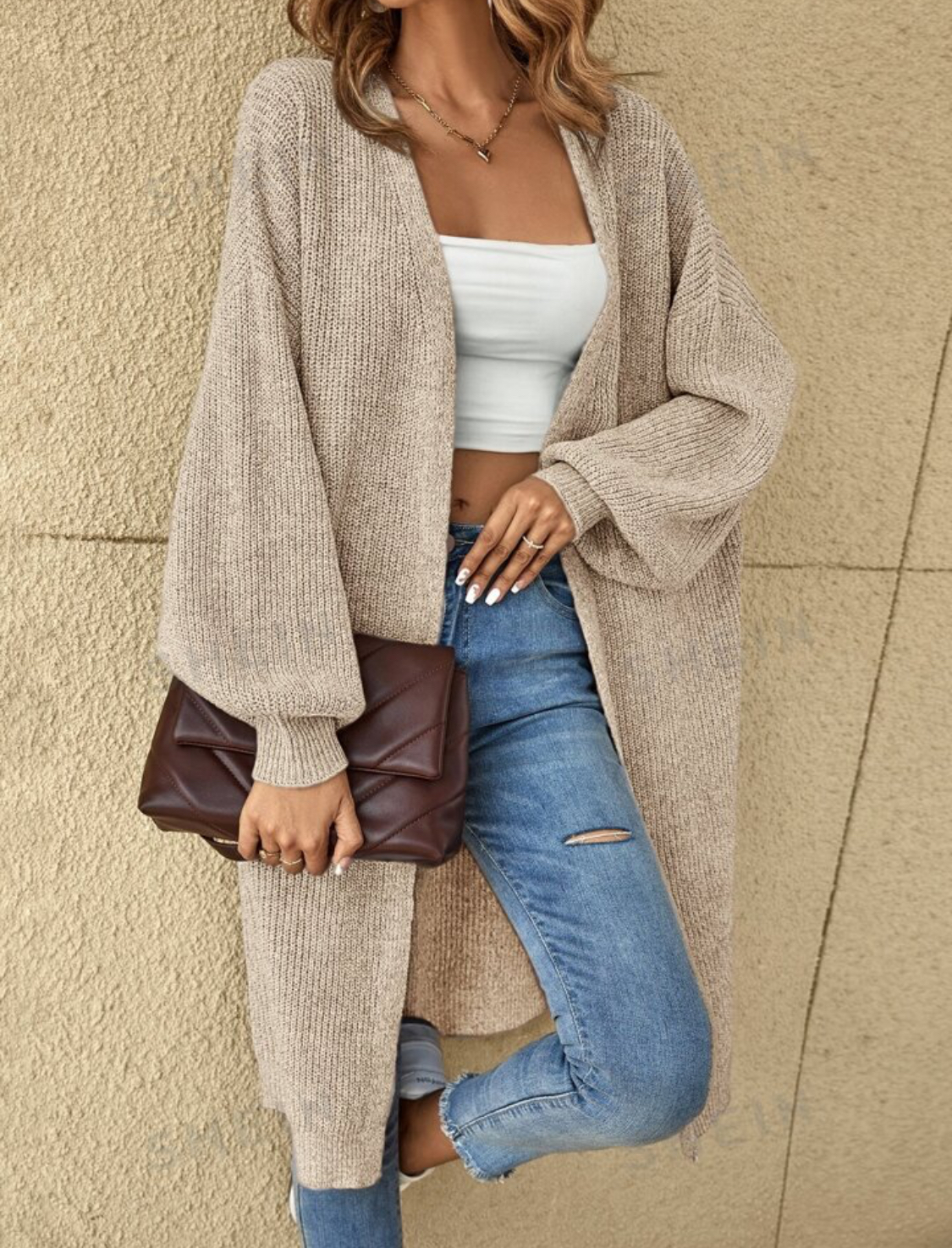Jeans are a staple in everyone’s wardrobe, and for good reason. They are versatile, comfortable, and can be dressed up or down for any occasion. However, styling jeans can sometimes be a challenge. With so many different styles and cuts to choose from, it can be overwhelming to decide how to wear them. But fear not, here are some tips on how to style jeans for any occasion.
1. Choose the Right Fit
The first step to styling jeans is to find the right fit for your body type. There are different styles of jeans such as skinny, straight, bootcut, and boyfriend, so it’s important to try on different styles and see which one flatters your body the most. Remember, a well-fitted pair of jeans can make all the difference in your outfit.
2. Dress Up with Heels
One of the easiest ways to dress up a pair of jeans is to pair them with heels. This instantly elevates the look and adds a touch of sophistication. For a classic look, go for a pair of black or nude heels. If you want to add some color or make a statement, opt for a bold pair of heels in a vibrant color or with a unique design.
3. Keep It Casual with Sneakers
On the other hand, if you want a more casual and comfortable look, pair your jeans with sneakers. This is a great option for running errands or hanging out with friends. You can choose from a variety of sneakers such as classic white ones, trendy platform sneakers, or even colorful ones to add a pop of color to your outfit.
4. Tuck in Your Top
Tucking in your top can instantly make your outfit look more put together. This works well with high-waisted jeans, as it creates a defined waistline and highlights your curves. You can tuck in a blouse, t-shirt, or even a sweater for a chic and polished look.
5. Add Layers
Layering is a great way to add depth and dimension to your outfit. For a casual look, throw on a denim or leather jacket over your jeans and top. For a more dressed-up look, try a blazer or a cardigan. Layering not only adds style but also keeps you warm during the colder months.
6. Accessorize
Accessories can make or break an outfit, and the same goes for jeans. A simple outfit of jeans and a t-shirt can be instantly elevated with the right accessories. Add a statement belt to define your waistline, a scarf for a pop of color, or a statement necklace to dress up a plain top.
7. Experiment with Different Washes
Don’t be afraid to experiment with different washes of jeans. Dark wash jeans are perfect for a more formal look, while light wash and distressed jeans are great for a casual and edgy look. You can also try out different colors such as black, white, or even colored jeans to add variety to your wardrobe.
8. Don’t Forget the Shoes
The shoes you choose to wear with your jeans can make a big difference in the overall look. For a more casual look, opt for sneakers or sandals. For a dressier look, go for heels or ankle boots. Remember to consider the occasion and your personal style when choosing the right shoes to pair with your jeans.
In conclusion, styling jeans doesn’t have to be a daunting task. With these tips, you can easily create a variety of looks with just one pair of jeans. Remember to choose the right fit, experiment with different styles and washes, and add your personal touch through accessories. Whether you’re going for a casual or dressed-up look, jeans are a versatile and timeless piece that can be styled in countless ways.
roxiesresale.com
#roxiesresale #poshmark #reselling #resale #sellertips #deals #jeans #style #casual


